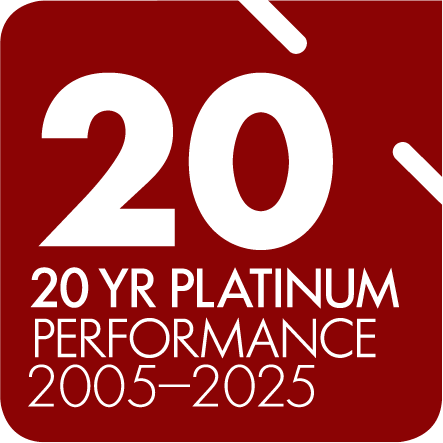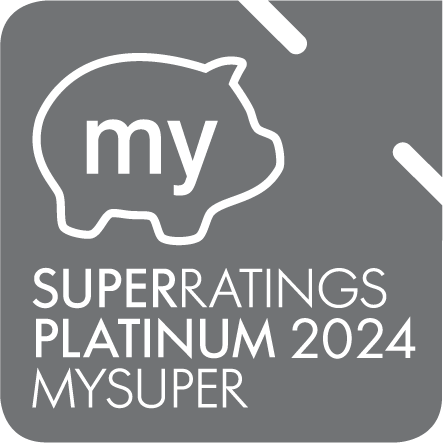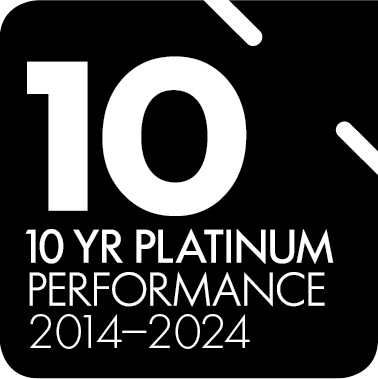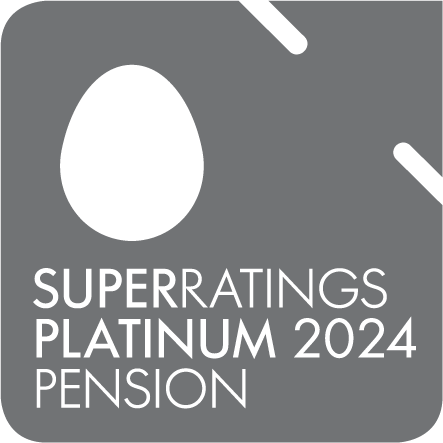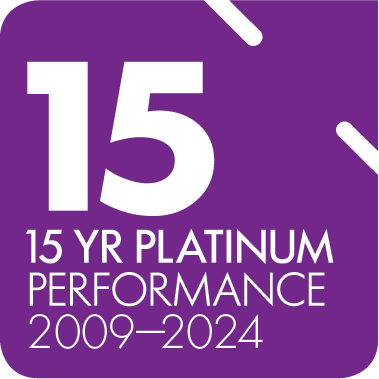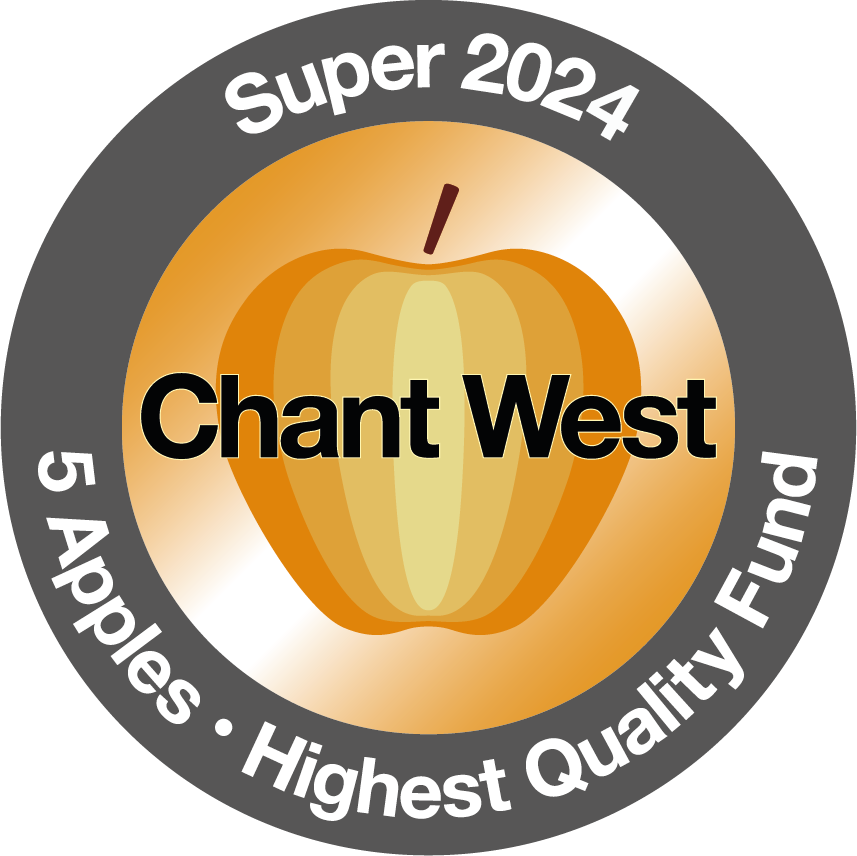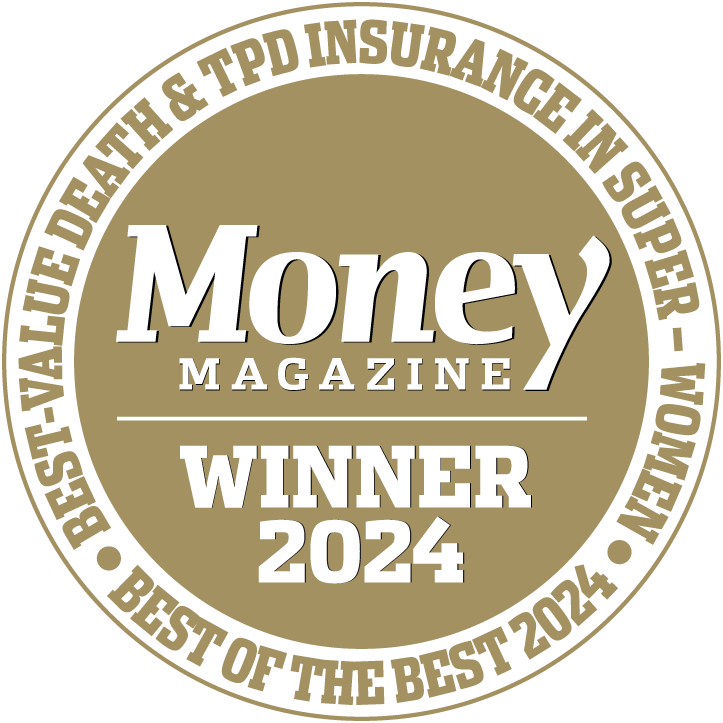Investment tips for those just getting started with super
Super – it’s investing for your future
For many of us, our first super account is also our first official investment. In fact, if you’re anything like the average Australian, over the years, your super may well grow into one of the biggest investments you’ll ever have. Let’s take a look at some important considerations for those who are just beginning their super investing journey.
A word on what’s right for you
On this page we provide tips and information for those who are just getting started with super. But keep in mind that it’s general information only. Exactly which investments and which approach is right for you will depend on your own circumstances and goals – today and in future. For information that’s tailored to your financial circumstances and objectives, consider getting qualified financial advice.
Want to know more about super as an investment and how super works?
So you’ve just started working, and with that you’re receiving your first super contributions. It might not seem like much right now, but over the years ahead, your super has the potential to make a significant difference to your lifestyle once you retire. And you’ve already got one key thing on your side – time.
Your investment time frame plays a significant role in determining the types of investments that are right for you. Some investments are better suited to investing over shorter time frames of just a few years or so, while others tend to hit their stride over longer periods of say seven to 10 years or more. (See ‘A focus on growth assets’ below for a little more on this.)
So if you start working in your 20s and stay in the workforce until you reach retirement age in your late 60s, your super will likely be invested for 40 years or more. When choosing an investment option for your super, it’s important to take this longer time horizon into account so you can choose the investments that will help you make the most of the years you have ahead of you.
Different types of investments are broadly grouped into asset classes which are broadly defined as being either ‘growth’ or ‘defensive’.
Asset classes like cash and fixed interest are described as defensive investments. They carry less risk, but they also offer less potential for high returns.
Australian and overseas shares are described as growth investments. They tend to offer higher returns than defensive assets – especially over longer timeframes. But it’s important to note that they also come with a higher level of risk.
But remember, in most cases, your super is going to be invested for a long time. This generally puts you in a better position to ride out the ups and downs that can be associated with investing in growth assets over shorter time frames, and means you’re more likely to enjoy their potential for higher returns over the long term.
On the other hand, if you were to invest your super mainly in defensive assets, you might find that your investment returns won’t vary very much over time, but your potential returns over time (and your account balance at retirement) are also likely to be far lower than if you’d chosen an investment portfolio with a higher allocation to growth assets.
It’s often said that a key to investing well is to invest early and invest often. Indeed, rather than waiting until you have a large sum of money to invest, simply start small, and add to it regularly over time. The reason this tends to be such a successful strategy largely comes down to compound interest. This is simply interest earned on interest. Or, put another way – returns earned on returns. It can be a powerful wealth building tool, and it’s exactly what happens with your super. Let’s take a look…
When you first start investing in super, chances are your account balance will be quite small. So will any investment returns you may earn on that balance. But over time, regular SG contributions from your employer, along with any additional contributions you may make, will help you add to your super. And any investment returns you make along the way will also be added to your balance.
Together, these regular contributions and the compounding effect of investment returns over time, are key factors in growing your retirement savings.
The investment options you choose for your super and retirement savings can make a significant difference to the type of lifestyle you get to enjoy in retirement. The choices you make for your super investments today may also be quite different from the way you want to invest in around 30 years time when you’re getting closer to retirement.
So when deciding how to invest your super, it’s important take your financial needs and circumstances into account, and your retirement goals.
You don’t have to make an investment choice for your Equip Super account.
If you don’t make an investment choice, we’ll automatically invest your account balance in the MySuper investment option if you’re a MyFuture member.
MySuper is a ready-made portfolio of investments, selected by the experts, and managed by the experts on your behalf.
Looking for an investment option designed to have higher exposure (compared to the default MySuper option) to investments that have been selected based on their alignment to certain environmental, social and governance (ESG) criteria?
Our Future Focus investment option invests mainly in growth assets such as shares, property and infrastructure, with the balance invested in more stable assets like fixed interest and other defensive assets. ESG factors are considered when investing.
Calculators
Do you know how much you will need to maintain your lifestyle in retirement? Use this calculator to help you plan for retirement.
Our industry-leading retirement income calculator enables you to estimate your projected super balance and how long it may last in retirement.
Could you benefit from advice?
Whether you’re new to the workforce or already planning your next chapter in retirement, a qualified financial planner can help you get more from your super and prepare for retirement.

Articles

360Health with Equip Super
Equip Super has partnered with MetLife and their 360Health initiative to deliver members health and wellness services. Read more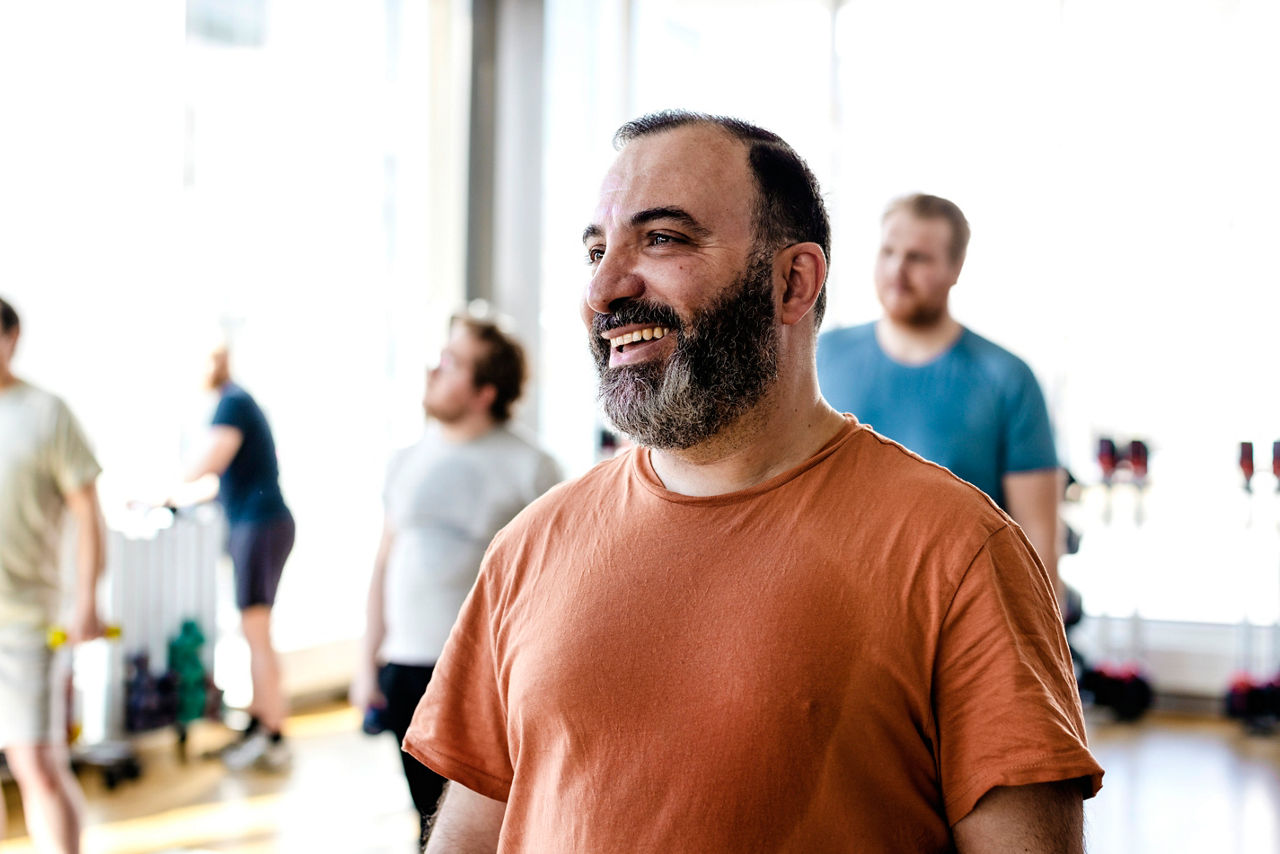
How much super do you need to retire?
A combination of your super, the Age Pension, and other investments can work together to provide you with a retirement income that maximises your government entitlements and meets your needs. Read more
A beginners guide to investment options
Investments can help your wealth grow over time as you work towards your financial goals. However, with every investment comes varying degrees of risk. Read moreNeed assistance?
We're here to help.




